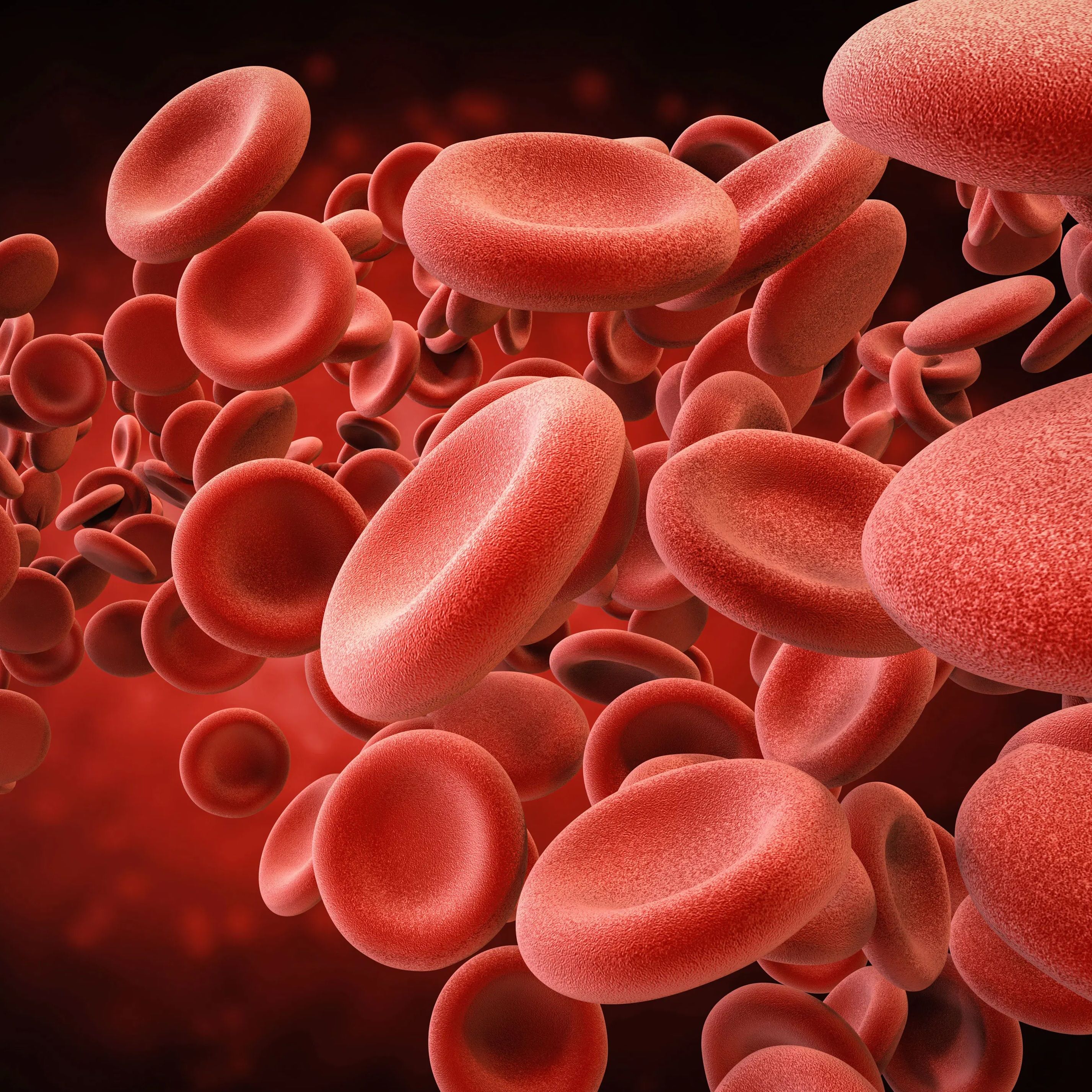News
Article
Iron Replacement Therapy Resolves Thrombocytosis in Patients with Anemia
Author(s):
Key Takeaways
- Moderate thrombocytosis in IDA patients often resolves within three months of iron supplementation therapy.
- Iron therapy reduced platelet counts in 72% of patients, even those with normal baseline levels.
Iron administration was linked to a decrease in platelet counts, even in the absence of preexisting thrombocytosis.
Credit: Fotolia

A new investigation identified moderate thrombocytosis at baseline in nearly one-fifth of patients with iron deficiency anemia (IDA), with most patients experiencing a resolution within 3 months after iron supplementation therapy.1
This retrospective review, including 76 consecutive patients with IDA, revealed decreased platelet counts after iron supplementation in most (72%), even those with a normal range baseline level. Only 4 of 17 patients with thrombocytosis at baseline continued to have elevated platelets after iron replacement therapy.
“We also found that IDA-associated thrombocytosis usually resolves within 3 months of iron supplementation, and if persistent, it should prompt the search for other concurrent causes of platelet elevation,” wrote the investigative team, led by Giampaolo Talamo, MD, departments of hematology and oncology, Guthrie Robert Packer Hospital.
More than 60% of anemia cases are due to IDA, with frequent causes including chronic blood loss, increased requirements, and poor gastrointestinal absorption. Reactive thrombocytosis is a recognized hematologic phenomenon, but its pathophysiology is not fully understood, and requires further investigation, according to Talamo and colleagues.2
Iron replacement therapy, whether oral or intravenous (IV), is the typical therapeutic approach for IDA, with IV typical in the case when poor response to oral iron is expected in a patient. It has been shown to lower platelet counts and adjust reactive thrombocytosis in the case of inflammatory bowel disease (IBD), chronic kidney disease (CKD), and premenopause.3
The study population comprised patients with anemia secondary only to iron deficiency, in which investigators measured the frequency and degree of thrombocytosis in IBD before and after iron administration, to determine the platelet response to iron replacement therapy. Investigators collected laboratory data at baseline and 3 months after oral or IV iron replacement therapy. Thrombocytosis was defined as a platelet count >400 × 109/L.1
Most patients were female (78%) and the median age was 54 years. The median total iron deficit was 1006 mg (range, 473–2919 mg). Replacement iron therapy comprised oral (n = 13), iron (n = 33), or both (n = 30) for all patients. Median hemoglobin (Hb) and ferritin levels at baseline were 9.9 g/dL and 18 mg/dL, respectively.
Upon analysis, the median Hb and ferritin levels at 3 months post-iron replacement therapy were 12.4 g/dL (P <.0001) and 113 mg/dL (P <.0001), respectively. Further analysis revealed thrombocytosis in 17 (22%) patients at baseline and 4 (5%) after iron administration.
A review of the patient’s medical history by Talamo and colleagues showed thrombocytosis before and after iron administration in 17 (22%) and 4 (5%) patients, respectively. Among those with persistent thrombocytosis after iron, 2 had undergone a post-traumatic splenectomy in their medical history.
Iron administration showed a reduction in platelet levels even in those with platelets in the normal range at baseline. Despite the presence of thrombocytosis, 55 (72%) patients experienced a decrease in platelet counts, with median levels of 299 (95% CI, 276–330) and 265 (95% CI, 245–295) x 109/L at baseline and 3 months, respectively (P <.0001).
Talamo and colleagues indicated an unexpected finding of this study could have a practical implication in the routine management of IDA patients, suggesting that clinicians often underdose the iron administration, remaining at a fixed dose of 1000 mg. They pointed to the median total iron deficit of 1006 mg as suboptimal for achieving full replacement of the iron stores with that dose.
“This suggests that about half of our patients would have required a greater dose of IV iron,” they added. “In terms of platelet response, we do not know if an increased iron supplementation would have led to a deeper reduction in the platelet counts.”
References
- Talamo G, Oyeleye O, Paudel A, et al. Platelet levels before and after iron replacement therapy in patients with iron deficiency anemia. Hematology. 2025;30(1):2458358. doi:10.1080/16078454.2025.2458358
- Kassebaum NJ; GBD 2013 Anemia Collaborators. The Global Burden of Anemia. Hematol Oncol Clin North Am. 2016;30(2):247-308. doi:10.1016/j.hoc.2015.11.002
- Elstrott BK, Lakshmanan HHS, Melrose AR, et al. Platelet reactivity and platelet count in women with iron deficiency treated with intravenous iron. Res Pract Thromb Haemost. 2022;6(2):e12692. Published 2022 Mar 23. doi:10.1002/rth2.12692





